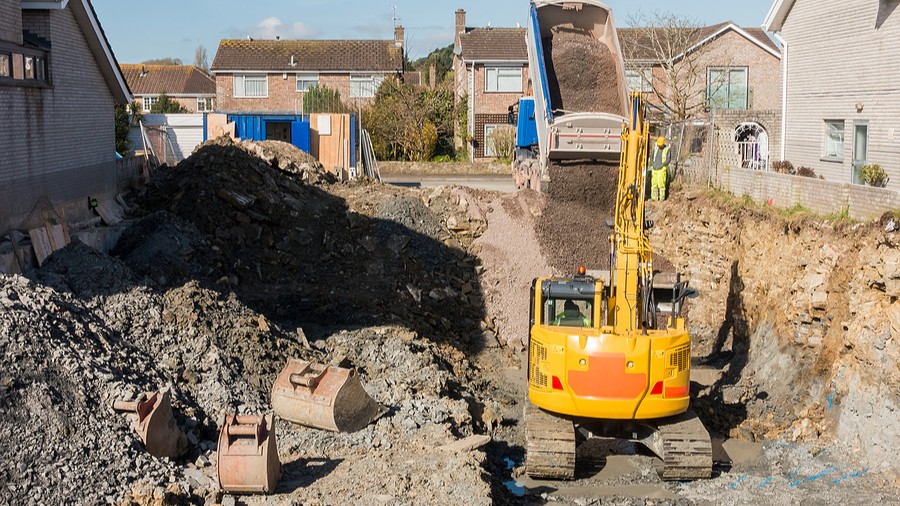Advertisement Feature

Carl Scott, Chair of the United Kingdom Onshore Pipeline Operators Association’s (UKOPA) Infringement Working Group outlines the risks of accidental damage to buried assets, as well good practice when working near to buried pipelines.
The latest Infringement Report (2024) from UKOPA shows that there was a total of 880 infringements recorded in the last year. These represent instances where work was conducted too close to buried pipelines or within easement areas without appropriate procedures being followed.
Of the 880 cases reported three resulted in actual damage to the pipelines and in two cases product was released. In all cases there was damage to the pipeline coating, requiring repairs to be undertaken to ensure safety and integrity.
Damaging pipelines can lead to product loss, significant environmental damage, prosecution or even death. That’s why Pipeline easements are legally protected zones under the Pipeline Safety Regulations (1996). No construction, excavation, or installation work should occur within these zones without written permission and guidance from the pipeline operator.
High-Risk Activities in Construction
The data clearly identifies construction activities as a significant contributor to infringements:
- • Excavations such as digging in the vicinity of a pipeline accounted for nearly a quarter (22.5%) of all cases.
• Installations, such as signage, structures, and buildings within easements, made up 14%. - • Fencing activities were responsible for nearly one in five infringements.
- • Ditching, often part of land drainage or landscaping work, contributed 17.6%.
In total, 315 of the 880 infringements occurred on private land, development sites, or construction land, with an additional 141 near roads or watercourses — locations frequently involved in civil engineering and utility projects.

A Shared Responsibility
Contractors and utility companies were reported as the cause of 279 infringements, emphasizing the critical need for consistent safety protocols and better communication across project teams.
To help construction professionals reduce the risk of pipeline strikes and related incidents, UKOPA and its members strongly encourage contractors, before any work begins, use available tools such as the LinesearchbeforeUdig (LSBUD) service to locate and understand buried infrastructure. This free to use website allows users to conduct searches for buried pipelines in advance of undertaking any works.
If a search reveals the presence of a high-pressure pipeline, you must engage directly with the pipeline operator. They will provide specific guidance and, where required, supervision.
As a guide, if undertaking works within 50m of a pipeline contractors should notify the pipeline operator. The pipeline operator can provide safety guidance and advice including coming out and marking out the pipeline to enable contractors to undertake the required activities.
Contractors, employees and temporary staff working on site also need to be informed of the pipeline’s location to discuss and agree on the necessary precautions before starting work. To prevent risks to people, the pipeline or the planet, anyone planning works within 3 metres of a buried pipelines must obtain permission from the pipeline operator. This is not to prevent the works, but simply to ensure they are undertaken safely.
To support those in the construction sector, UKOPA offers a range of educational resources including a Working Safely Near Pipelines video, which provides a clear visual overview of what to do and what to avoid. There is also an online ‘Working Safely Course’ available for employees or those working on site which is an essential learning tool for anyone planning or conducting work near buried pipelines.
Both resources are available via the UKOPA website and are recommended for site managers, health & safety professionals, and operatives alike here.
Enjoyed this article? Give it a like to let us know and and we’ll share more content like this!












